Despite the heat, it’s been a very pleasant summer in New York. I’m very fortunate to enjoy ten weeks off every summer and have had an excellent time exploring the city and the various things it has to offer in that time.
If you ever find yourself with an excess of time in the summer in New York City, I can’t recommend Govenor’s Island highly enough. This was my first time visiting, and I was genuinely taken aback by this little space of greenery bike paths and stone-fired pizza and beer and tea places and an absolute abundance of weird artists(signs were placed in pedestrian-only spaces advising riders to dismount their bikes or unicycles). I enjoyed touring the old military forts, but much more than that I enjoyed just wandering the island and seeing what wonder I might happen upon next.
Fort Jay and Castle Williams are the two most significant military structures on Governor’s Island and were built to protect the vulnerable New York harbor in anticipation of the War of 1812 and later, the Civil War. A military base sprang up around them, with housing and accomodation for the officers stationed on the island. The forts saw little use in either of those wars, or any war that the USA had a stake in from then on, and slowly fell into disrepair. The military base was officially decomissioned in 1995, and after tireless litigation through the Clinton and Bush administrations, was turned over to the City of New York in 2002. Today it is home to a wide array of conservationist and artistic projects, and as stated above is a generally lovely place to spend an afternoon.
Fort Jay, which I accidentally approached from behind the first time I came upon it, is a fortress in the shape of a five-pointed star which was pointed just so that any ships intent on attacking Manhattan from the south would be trapped between it and Castle Clinton, the military fort in Battery Park that some may remember I visited last year.
In what was once weapons stockades of Fort Jay the Governor’s Island National Monument was hosting the exhibition Other of Pearl by Jenny Kendler. In the exhibition, Kendler has created and displayed sculptures highlighting mankind’s fragile relationship with nature and the ocean in the age of climate crisis, especially as it relates to the whale and the oyster— two great symbols of man’s consumption of ocean creatures through history.
The rest of the interior of Fort Jay was dedicated to informational placards, like the one below showing a 3D map of the site and what each part of it was used for in its heyday. I exited through the front of the Fort, which normally sits beneath a magnificent sculpture of an eagle and a shield but is now covered in scaffolding for renovation.
The other major structure on Governor’s Island is Castle Williams, a circular building with multiple levels of fortified gun emplacements looking out through door-shaped archways over the Hudson River. It was designed to be extremely effective at both defending and attacking in any melee that might happen at the lower tip of Manhattan-- but those attacks never came, and like the rest of the island needed to find a new use. Before it was turned into public space for the City of New York, it spent several years as a prison, holding gangsters of early nineteenth century New York.
Similar to Fort Jay, the interior of Castle Williams was scattered with informational posters and displays about the history of the fortress turned prison and fun facts.

After touring the military forts, I spent the rest of the afternoon sipping a boba tea and strolling around the FAB Art Market. Families were riding boats around the perimeter of the island or taking place in an outdoor dance class. Artists were congregating outside of what was once officer’s living quarters to paint or to play a travelling piano. I overheard people talking about having come earlier that morning to work on an oyster reef on the far side of the island dedicated to naturally cleaning the New York waters. It’s an inspiring picture of what a decomissioned military site could be, and I couldn’t help wonder— what if all military facilities looked like this some day?
I’d like to give a shout-out to Louise Weinberg, the co-director of the Godwin-Ternbach Museum! Louise read my most recent post and reached out to clarify some things which I’m including here for my readers: “To clear up a few points, Frances Gray Godwin and Joseph Ternbach met in the 1950s and attracted an elite level of donors to the museum including many who gave to the Metropolitan Museum of Art and other great NY institutions. The museum's encyclopedic collection of 7,000 artifacts and works of art encompasses 5,000 years of human history and is global in reach. The museum has an incredible collection, managed by a small but mighty staff of 2.5 and two fellows. The exhibition in the lobby gallery is under construction and should open in October. It is the second iteration of "Wunderkammer," exposing the breadth and treasures of several specific collections given recently by new and existing donors.”
Governor's Island National Monument
ADMISSION: Free
GIFT SHOP: No
BATHROOM: Yes
WHEELCHAIR ACCESSIBLE: Yes
Aug 5: Gracie Mansion
Aug 10: Grolier Club
Aug 17: Guggenheim Museum
Aug 31: Hall of Fame for Great Americans

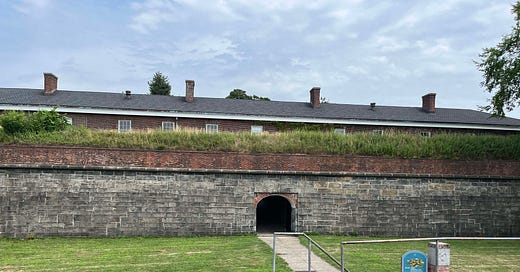




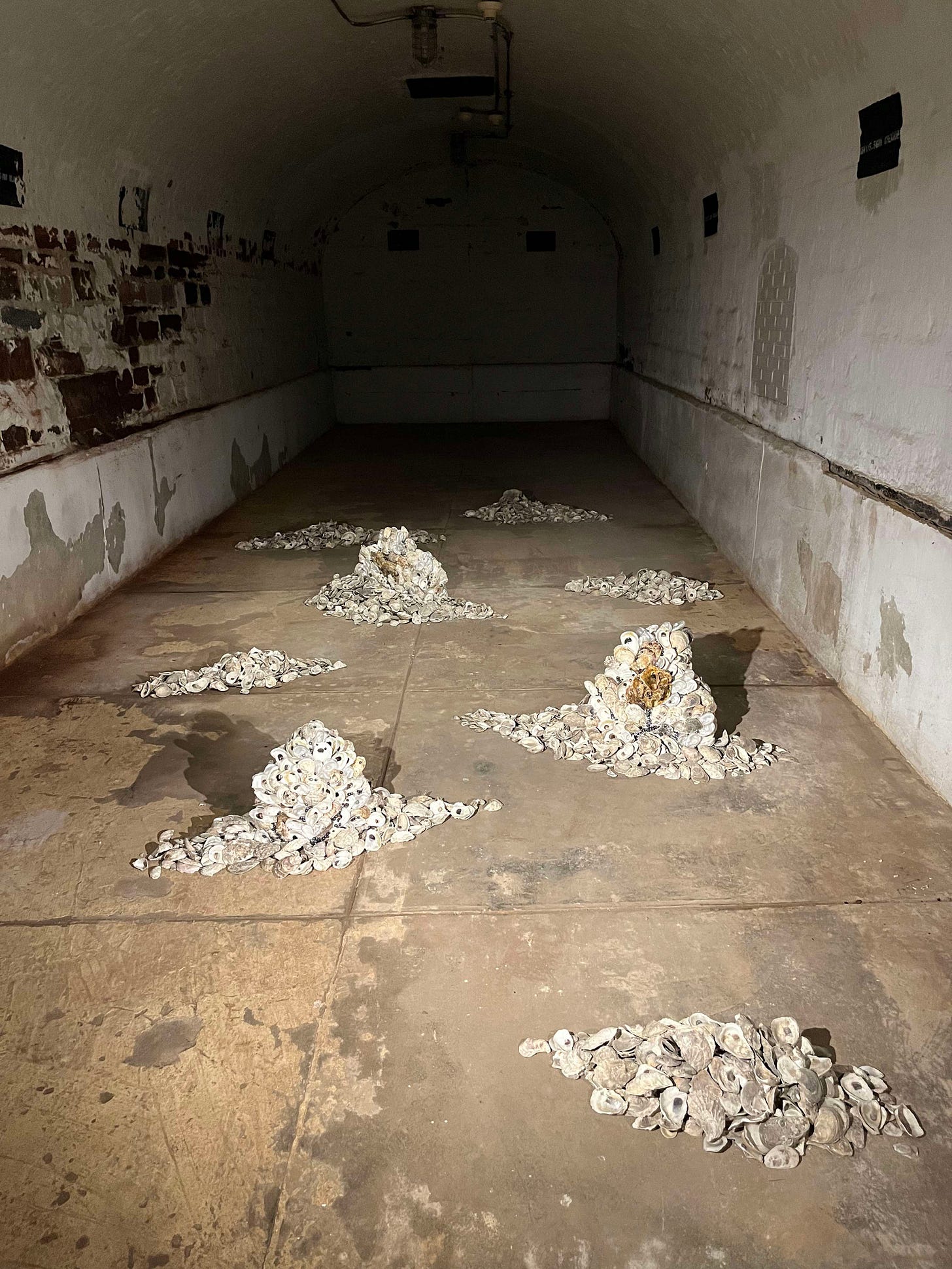
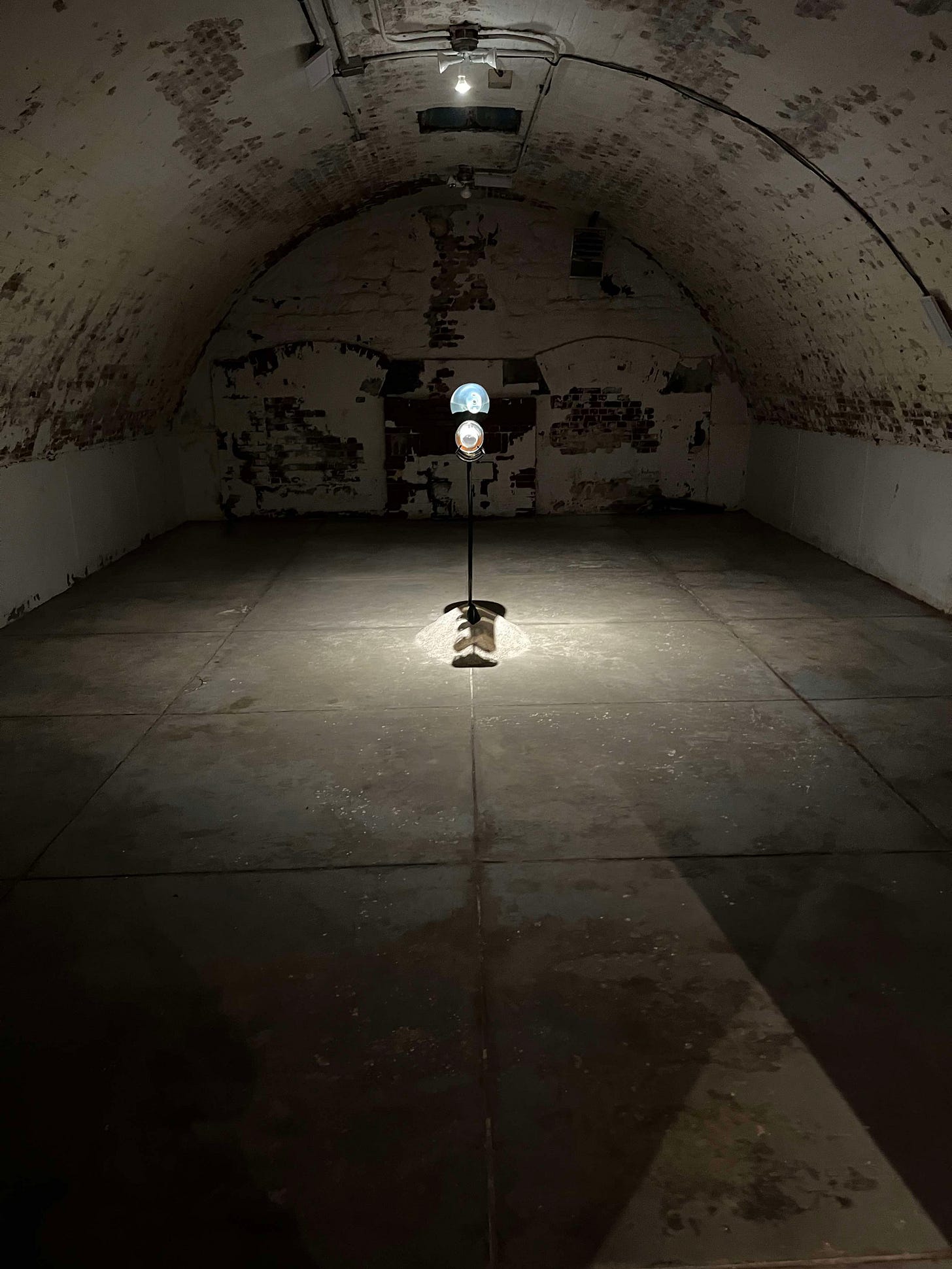
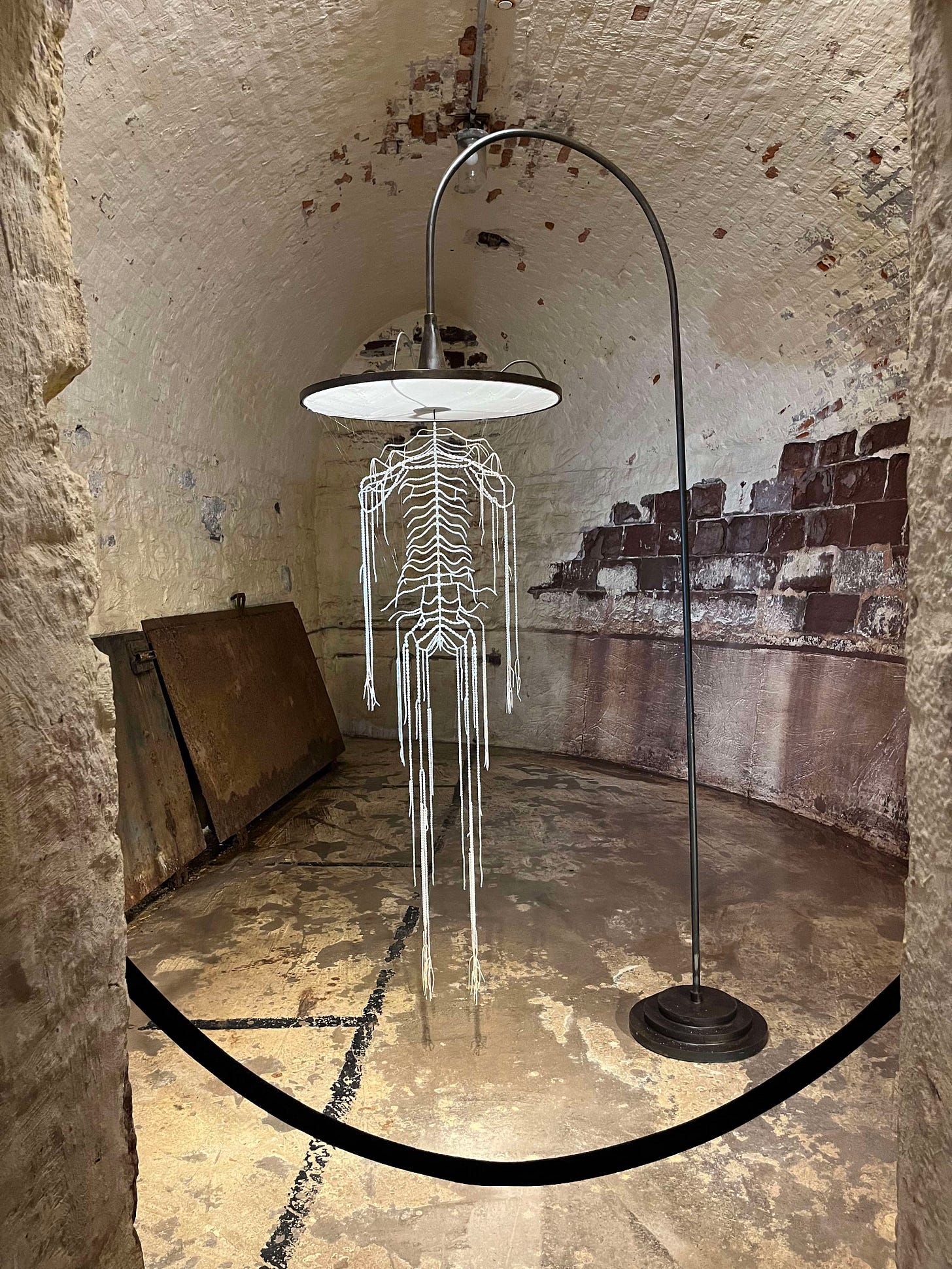
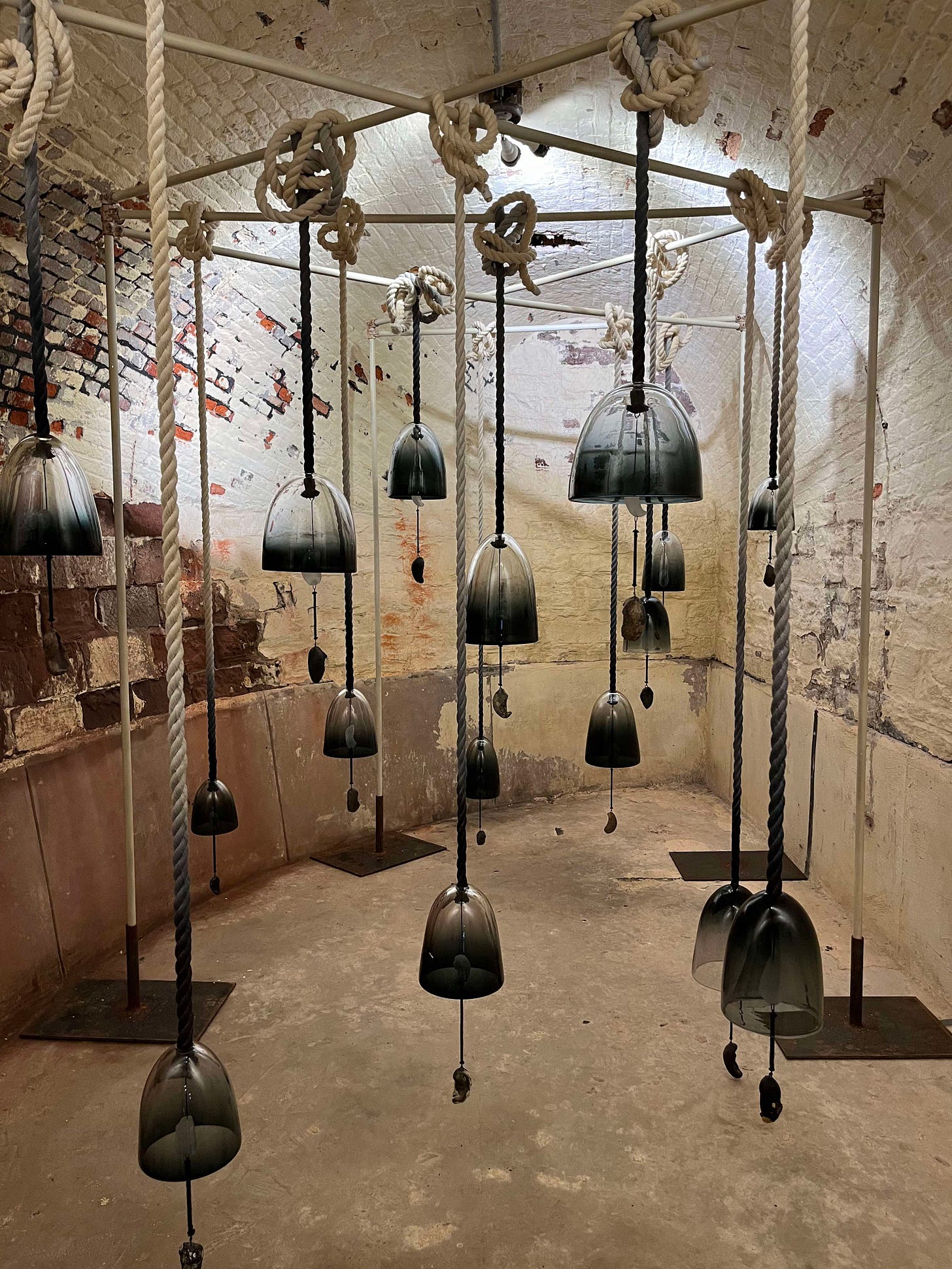

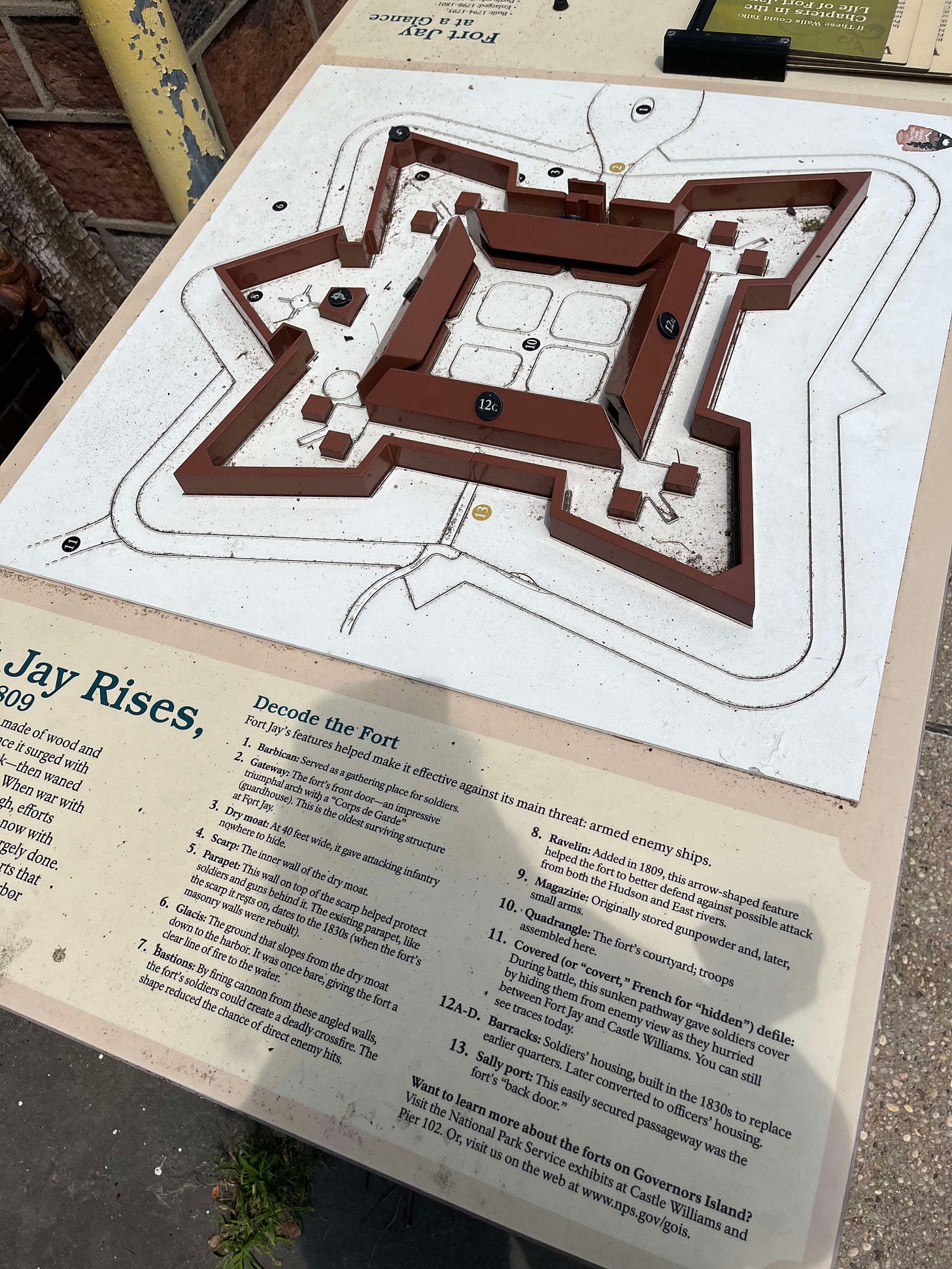
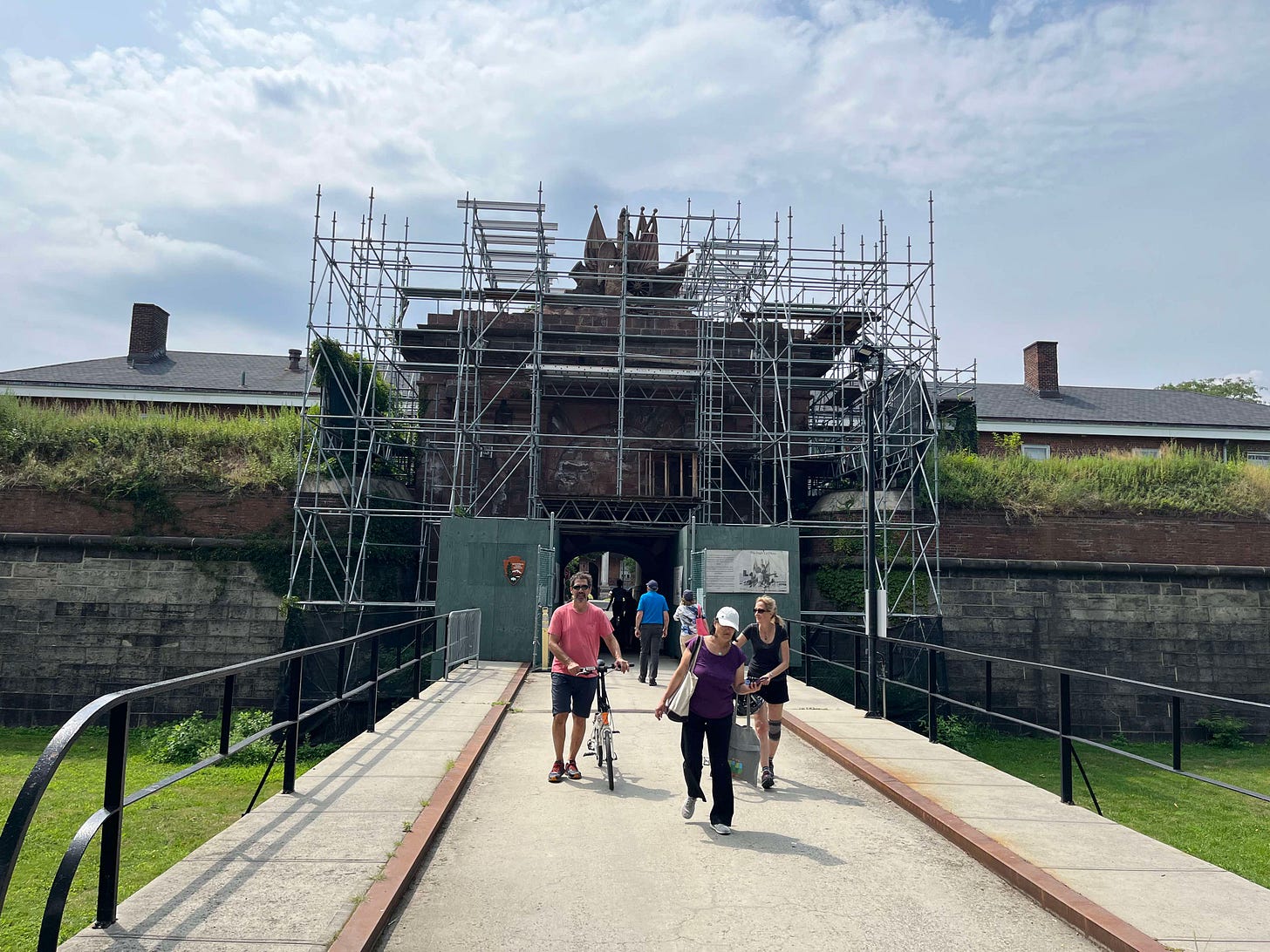
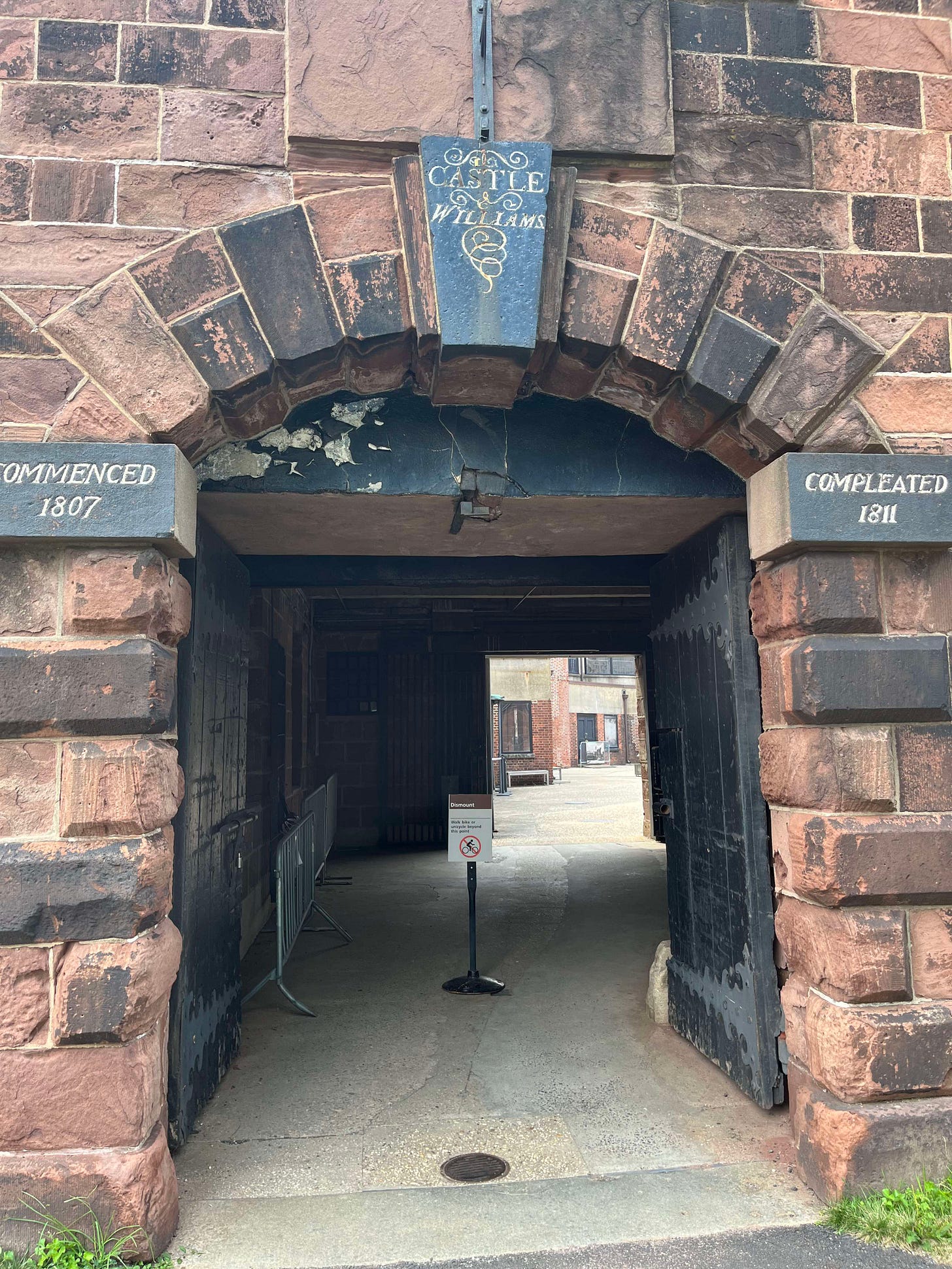
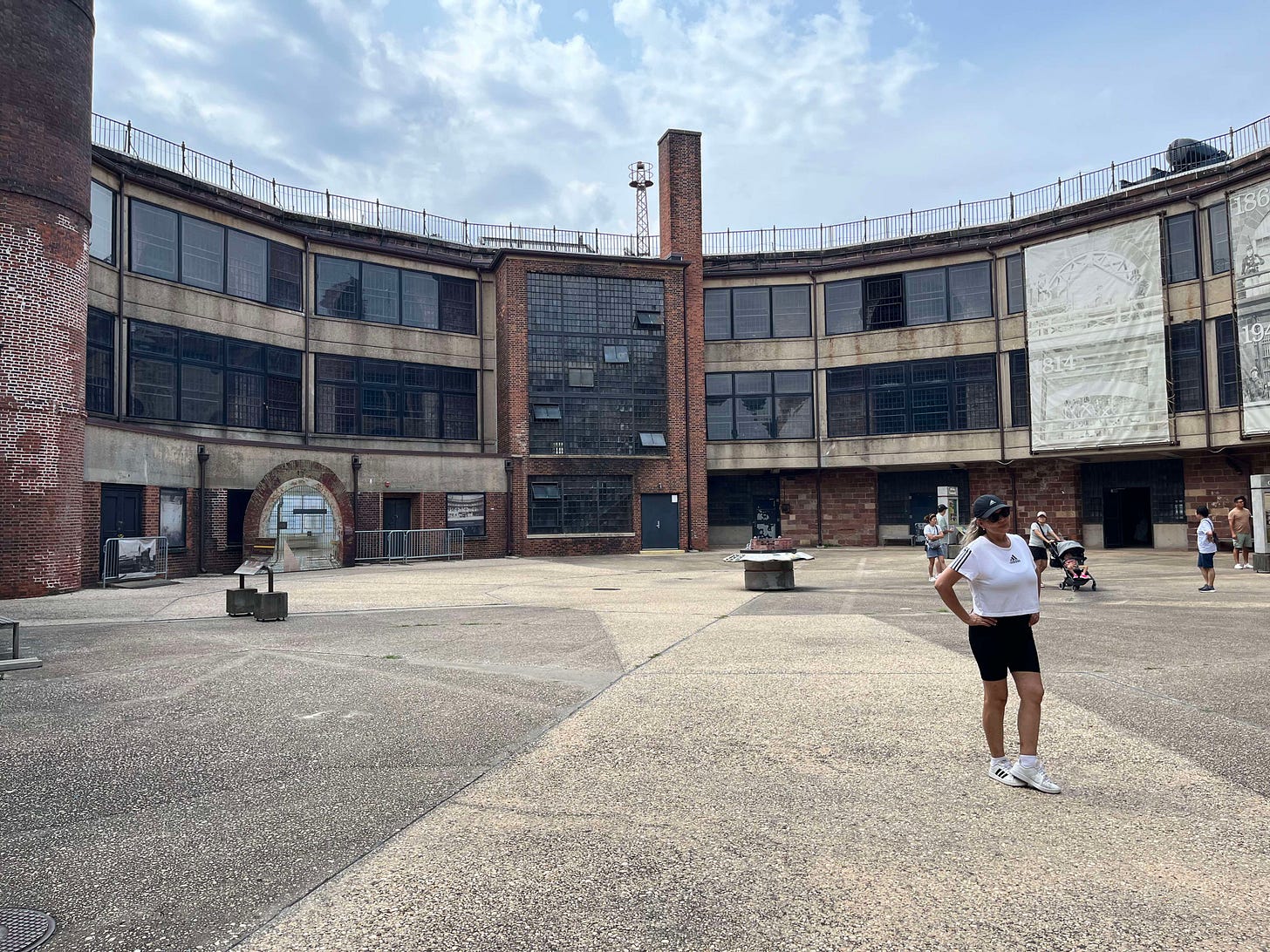
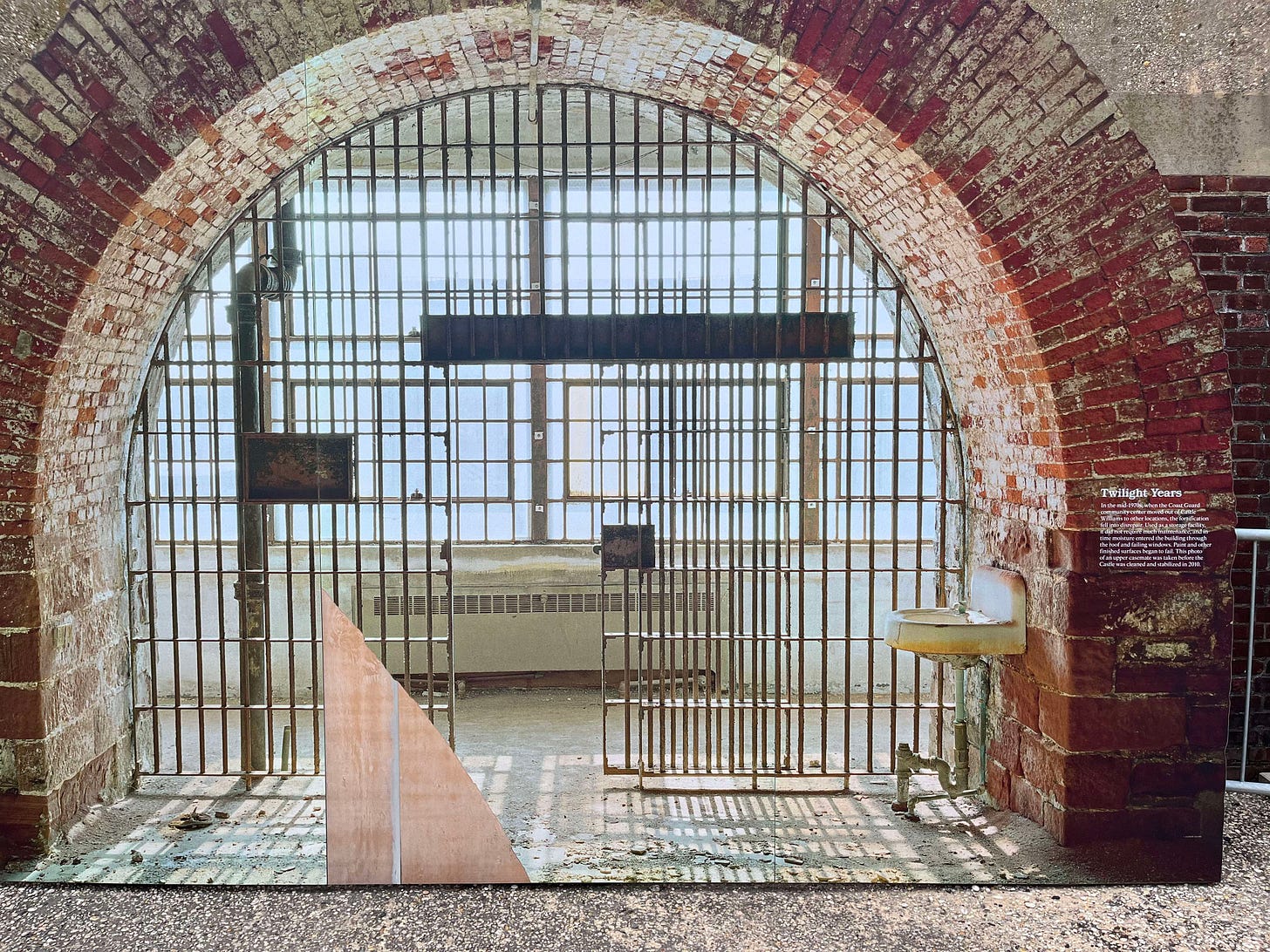

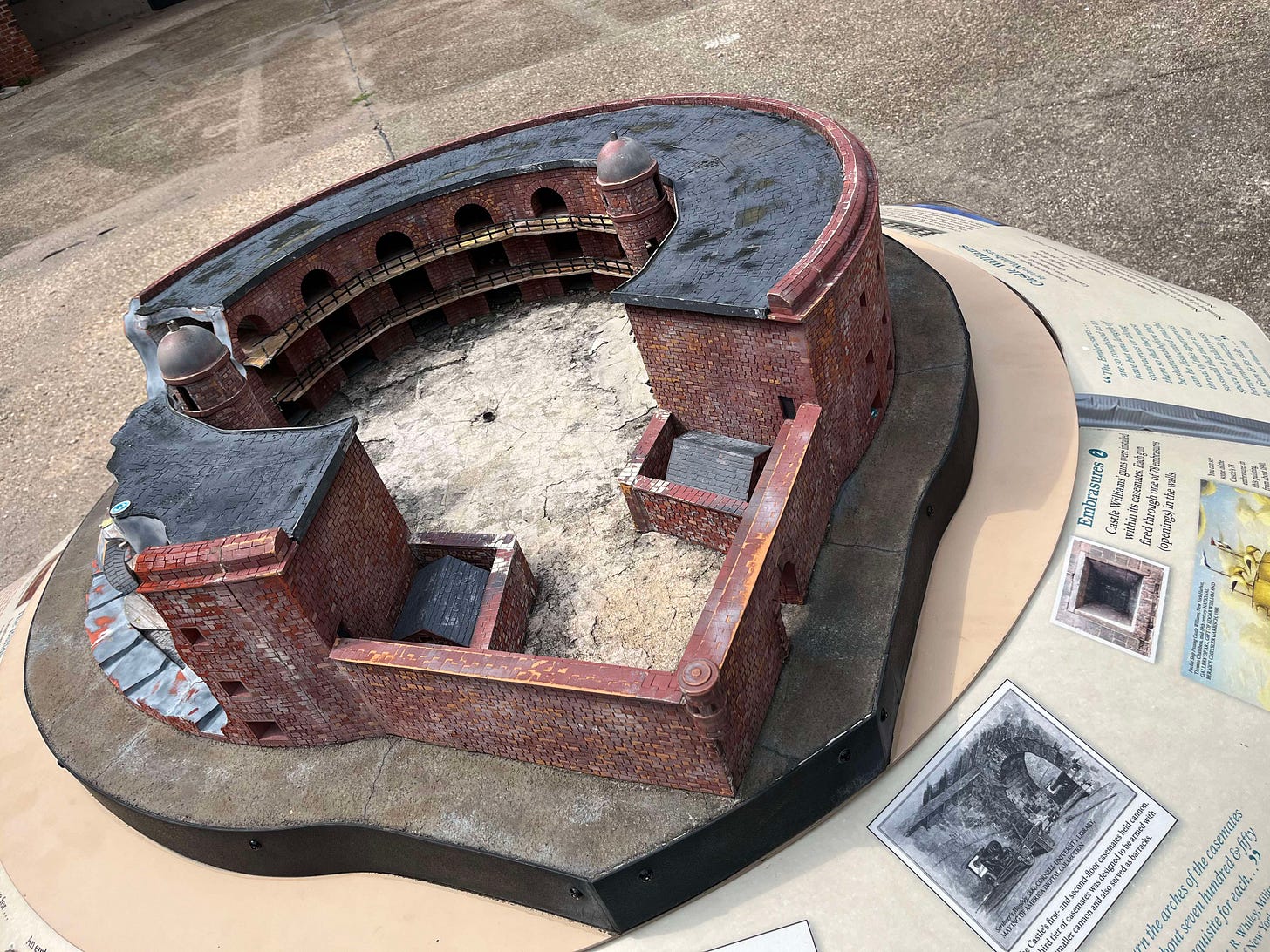
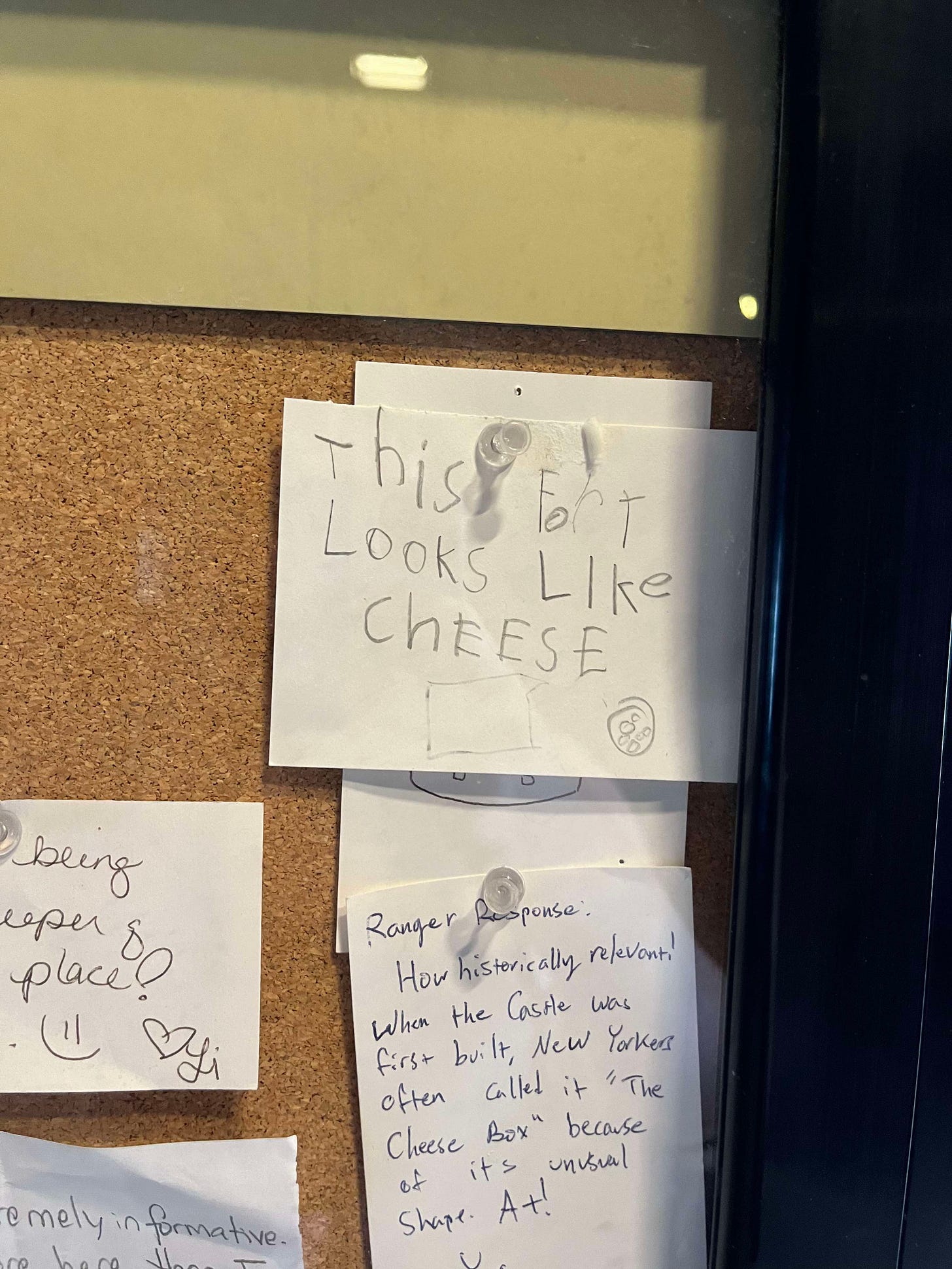
How cool!